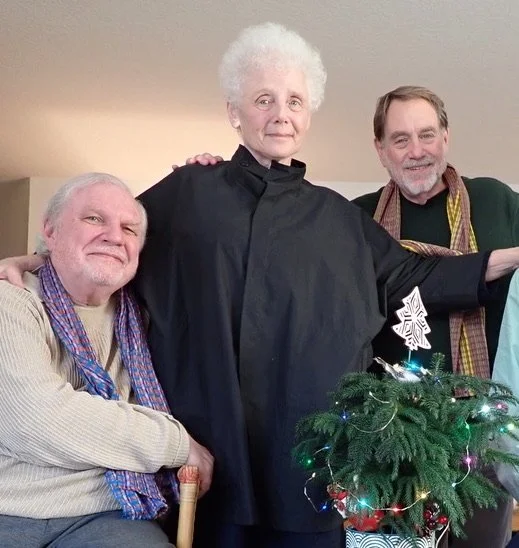THE WORD TROBAIRITZ MEANS “FINDER.” (The male equivalent is troubadour.) Although not much used these days, the word captures what I try to do in writing and other, visual projects, that is, to bring some undiscovered or hidden order into the light.
I am a writer, and books are my primary work, but I am always on the lookout for fragments of order. I have learned how to find in writing as much from learning to draw as from learning to write. Similarly, looking at painting and sculpture has been as important as reading to my thinking about composition and fiction. For me writing is necessary as a way of trying to see, of which the written artifact is a happy side-effect, much in the way that a drawing is the remnant and record of the artist’s investigation of a subject.
I believe that the writer has three responsibilities:
To keep the language alive by using it with exactness and sensitivity, working against the deadening of thought caused by received ideas and readymade expressions.
To extend the boundaries of form, reshape the known forms and combine them; genres are not coded structures but living things that grow.
To recover what has been forgotten, or occluded, by history’s winners.
Up to 1994 I worked in known genres: the novel, novella, tale, poem. Since that time I have turned more to critical fiction, writing with constraints, and cross-genre writing, splicing these together to develop new ways of addressing problems at the crossroads of literature and history. I begin by listening to the demands of a given subject. The subject suggests approaches from a variety of directions, and I try to shape a form to open as many of those approaches as possible. The form is satisfactory if it honors the complexity of the subject addressed, rather than diminishing it, and resolves the material in an elegant manner.
Two other activities have grown out of that shift: the Writhing Society and Proteotypes. The Writhing Society, co-founded and led with Tom La Farge, was a salon/class devoted to the exploration and invention of constraints for verbal and visual composition. During my years teaching art in high school and creative writing in university, I developed many visual/verbal problems for students, and taught them as a course when the academic milieu was receptive to it.
The other activity (also with Tom La Farge) is Proteotypes, which began as the publishing arm of the Proteus Gowanus Gallery and operated from 2009-2015. One of our projects was a feuilleton series called Libellulae. These were constrained texts with a visual parameter, printed by us and sewn by hand.
Contact Wendy: wwalker377@gmail.com
(left to right): Douglas Messerli, Wendy Walker, and Howard Fox
Photo by Pablo Capra
